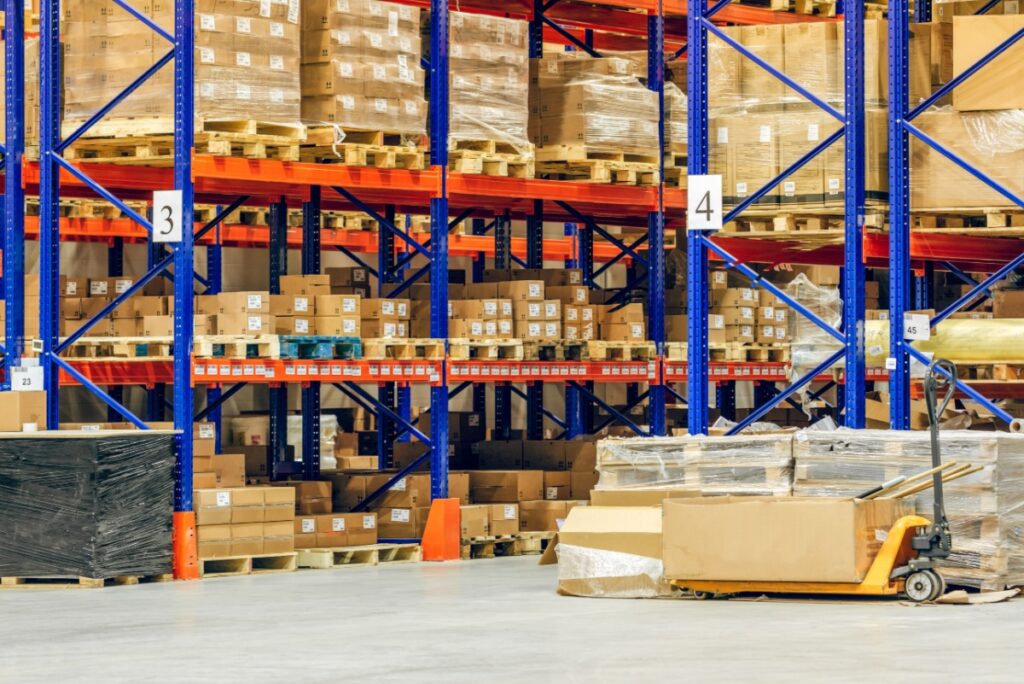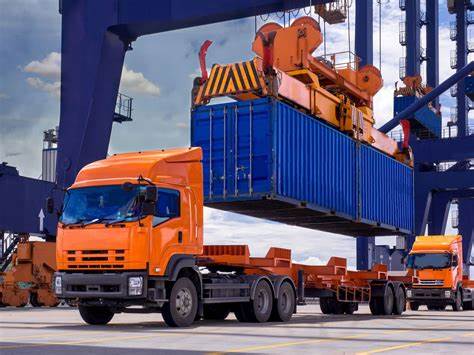3PL vs 4PL: How to Choose the Right Logistics Partner
Two terms lie at the heart of efficient logistics management: 3PL and 4PL. Both are associated with fulfillment and e-commerce logistics services as more businesses outsource their supply chain functions instead of managing logistics in-house. While 3PL is the more common, both outsourcing models aim to increase supply chain efficiency but do that in different ways.
For businesses, a key concern is which type of logistics provider would best serve their supply chain needs, so it’s important to know their differences. In this article, we explore what does 3PL stands for and compare 3PL vs 4PL to highlight their key differences to help you choose the best fit for your business.
What is 3PL?
3PL logistics refers to a third-party logistics service that performs specific logistics functions to help businesses manage their supply chains. In a third-party warehouse, items are dispatched directly from a 3PL vendor’s warehouse on receiving an order instead of having to store goods in your warehouse and then distribute them to the final customers. Typically, their role encompasses the following functions:
- They manage incoming shipments, track orders, and select the most suitable carriers for transloading.
- They handle the inventory right from storing goods to picking and packing them.
- They help international shipments get clearance through customs procedures.
An example of 3PL in action would be a growing e-commerce business that seeks the services of a 3PL to store products, pick and pack orders, and ship them to their respective customers. The retailer found partnering with the 3PL services a better option than managing the warehouse on its own. By outsourcing certain aspects of the supply chain, the retailer can direct his attention to other areas of their business.

What Is a 4PL?
Now that you know the 3PL definition, let’s get down to exploring what 4PL is all about.
A 4PL is a logistics model where one provider is assigned the task of managing the entire supply chain on behalf of a client company. This includes not only the logistics management and services of a 3PL provider but also other functions in the supply chain hierarchy, like last-mile logistics or looking after freight forwarders. As such, a 4PL can be said to coordinate every aspect of the supply chain, as its command extends to all supply chain activities, including warehouses, shipping firms, and freight.
Consider the example of a multinational automotive manufacturer who hires a 4PL provider to look into the entire supply chain, including managing multiple warehouses, selecting the most optimum transportation routes, and leveraging data analytics to improve efficiency. This spares the manufacturer the hassle of working with separate logistics providers for each function, as the 4PL acts as the single point of contact for supply chain management.
Benefits of Working with 4PL
- A 4PL harnesses technology to provide a high level of visibility into supply chains. By ringing together data from all supply chain partners, it helps get rid of inefficiencies and streamline logistics processes.
- It synchronizes inbound logistics and outbound logistics flows to ensure that 3PLs and service providers are aligned to achieve supply chain goals as a team.
Benefits of working with 3PL
- Opting for 3PL warehousing means that you do not need to invest in a personal warehouse or bear costs for managing a fleet or staff
- You can work directly with a 3PL company to optimize the order fulfillment process by choosing fulfillment centers located closer to customers.
- You can gain access to a 3PL warehouse management system to track your inventory in real time for effective supply chain decisions.
How to Choose Between 3PL and 4PL
As a start-up business, you can begin by fulfilling orders in-house, although this can take up much of your time and distract you from core business activities like product development or marketing. Going forward, the following scenarios can make you consider a third-party logistics provider based on the business stage you are in.
When to work with 3PL
Working with 3PL logistics services is a great strategy if your business is growing, as it gives you the leeway to scale most efficiently. 3PL warehousing provides the flexibility to adapt to your specific business needs while letting them handle the order fulfillment process for you.
A huge advantage of 3PL warehouses is that they expedite delivery times to help you save on shipping costs to a remarkable degree. Most importantly, you can acquire the necessary operational support to handle portions of your supply chain while still managing logistics in-house.
When to work with 4PL
A 4PL is worth considering if your business operations are spread over extensive global supply chains and you are currently engaged with more than one 3PL provider. In that case, you preferably need an external provider to centralize operations for you. A 4PL is best suited to be your long-term logistics partner, but it can push you to a secondary role in your supply chain.
The 4PL acts as the middleman in the communication process with the different 3PLs. At times, this can be frustrating for merchants, as there is the possibility of delays and miscommunications as you are further from your supply chain. In contrast, you are in direct touch with a 3PL partner, which ensures you are on the same page and leads to faster response times.
Key Differences Between 3PL and 4PL
| Third-party logistics | Fourth-party logistics |
| Accountability and control of logistics processes lie with the business | 4PL has all supply chains under its control |
| Handles specific functions such as warehousing and fulfillment. | Offers end-to-end services for supply chain optimization |
| Ideal for small to medium businesses | More suitable for businesses with large, complex supply chains |
| Uses basic tracking and warehouse management systems | Deploy advanced analytics and harness AI-driven insights to drive efficiency. |
| Direct relationship between business and 3PL provider | 4PL manages relationships with multiple vendors. |
FAQ’s
1. Is 4PL more expensive than 3PL?
Yes, 4PL warehousing and logistics are mostly costly because they deal with broad-based and advanced supply chain management. However, the improved efficiency and reduced costs over time can compensate for the hefty amount you may have to invest initially.
2. Can a business switch from 3PL to 4PL?
Yes, many businesses start working with 3PL companies to serve basic logistics needs but eventually switch to a 4PL as their supply chain grows in complexity.
3. Do 3PL and 4PL providers work together?
Yes, 4PL providers often take on the role of strategic partners, where they supervise multiple 3PLs at a time and work together to optimize the entire supply chain.
4. Which industries benefit most from 4PL?
4PL solutions are most beneficial for industries such as pharmaceuticals, retail, manufacturing, and automotive that are characterized by complex chains.
Conclusion
3PLs are by and large the most commonly sought model for e-commerce businesses, while a 4PL has a dominant role in leading supply chain operations from the get-go. You can think of the 4Ps as an umbrella organization that manages all supply chain tasks, unlike a 3PL, which is limited to being a fulfillment team. Ultimately, the dilemma of 3PL vs. 4PL can be resolved by taking into account your logistics and the level of control you desire over your supply chains.
If you are looking for a 3PL provider that does more than picking and packing, we have got you covered. As one of the leading 3PL companies, we are driven to be your end-to-end logistics partner to maximize your business potential and optimize your supply chain operations so that you deliver more. Contact us to learn more about our 3PL solutions and how they can fuel your growth in a fast-moving business environment.
